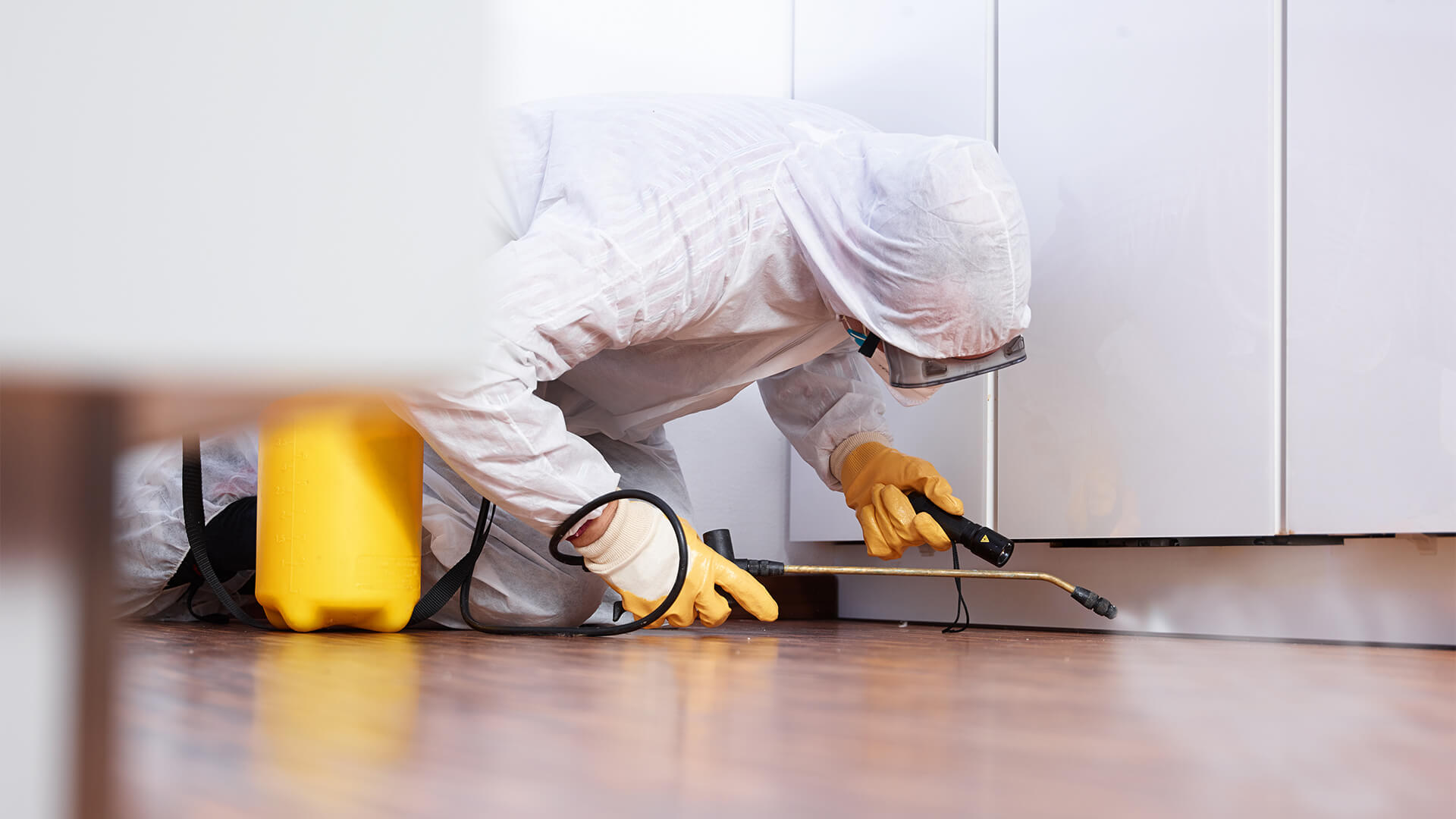Reliable A1 Bed Bug Treatment in Charlotte - Safe and Proven Techniques
Wiki Article
Bed Insect Therapy Break Down: Comparing Chemical Vs. Non-Chemical Solutions
In the realm of pest control, particularly when dealing with the persistent concern of bed insects, the selection in between chemical and non-chemical treatment services can be an essential one. Both approaches supply distinctive benefits and downsides, affecting variables such as effectiveness, security considerations, and general price. By taking a look at the nuanced information of each approach, a more clear understanding of which course to go after in attending to a bed bug infestation can be acquired.Efficiency of Chemical Treatments
Chemical therapies for bed insect invasions have actually been commonly identified for their powerful and rapid efficiency in eradicating these parasites. When considering the performance of chemical treatments, it is critical to recognize that they can provide a fast and thorough remedy to a bed pest issue. Professional pest control men usually count on pesticides to target bed bugs at various stages of their life process, consisting of adults, eggs, and nymphs. These chemicals commonly work by interfering with the bed insects' nerves, bring about paralysis and ultimate fatality.Additionally, chemical treatments have the benefit of offering residual impacts, suggesting that they can continue to remove bed insects even after the preliminary application. This residual action is especially helpful in combating any kind of prospective re-infestations. In addition, the rapid action of chemical treatments can bring relief to individuals facing extreme bed bug problems, permitting them to restore control of their living spaces swiftly.
Safety Worry About Chemical Solutions
One critical facet that calls for careful factor to consider when making use of chemical services for bed bug treatment is making sure the security of passengers and the setting. Direct exposure to certain chemicals used in bed bug treatments can lead to respiratory concerns, skin irritability, or other adverse responses, particularly in individuals with pre-existing conditions or sensitivities.In addition, the environmental impact of chemical options is another substantial factor to consider. Some chemicals used in bed pest therapies may be hazardous to useful pests, wild animals, and ecological communities if they seep right into the dirt or water supply. It is vital to use chemical therapies judiciously, adhering to security guidelines, and considering much less hazardous alternatives to minimize these dangers and ensure the secure and efficient management of bed insect infestations.
Advantages of Non-Chemical Techniques
Thinking about the potential security problems and ecological impact connected with chemical services for bed pest treatment, exploring non-chemical techniques offers an appealing choice with numerous distinct benefits. Non-chemical techniques provide a more secure alternative for houses, especially those with animals, individuals, or kids sensitive to harsh chemicals. These techniques remove the risks of exposure to harmful materials, minimizing the capacity for negative wellness impacts. Additionally, non-chemical treatments are ecologically friendly, as they do not add to air or water contamination, making them a sustainable option for bug control.Furthermore, non-chemical services can be effective in targeting bed bugs, consisting of hard-to-reach areas where chemical treatments may not permeate - A1 bed bug treatment in charlotte. Approaches such as warm therapy, vacuuming, vapor cleaning, and mattress coverings give complete eradication without the usage of harmful chemicals.
Limitations of Non-Chemical Treatments

Furthermore, non-chemical therapies usually need numerous applications to accomplish effective obliteration. This can be time-consuming and might not always assure total removal of all bed bugs and their eggs, specifically in hard-to-reach or concealed areas.
Moreover, the success of non-chemical therapies heavily relies on proper execution and thoroughness, which can be testing for people without expert knowledge. Inadequate application of non-chemical approaches may result in insufficient eradication, resulting in persistent problems and the need for extra therapies.
For that reason, while non-chemical therapies have their benefits, it is best termite and pest control important to recognize these restrictions and consider them when establishing one of the most effective method for taking care of bed bug infestations.
Expense Comparison: Chemical Vs. Non-Chemical Options
Offered the limitations connected with non-chemical therapies, a vital element to assess in the context of bed pest monitoring is the cost contrast in between chemical and non-chemical alternatives. Chemical therapies commonly involve the application of insecticides by specialists, which can vary from $250 to $900 per room, depending on the extent of the problem and the dimension of the area to be dealt with. On the other hand, non-chemical treatments like heat therapy or vapor can be more expensive, with expenses ranging from $1,000 to $6,000 for a whole home. While the preliminary expense of chemical treatments may appear reduced, multiple treatments might be needed to totally remove the invasion, possibly raising the total price. On the various other hand, non-chemical choices may provide an extra environmentally friendly and sustainable option, although they can be cost-prohibitive for some individuals. Inevitably, when thinking about the cost of bed bug therapy options, it is vital to visit our website evaluate the ahead of time expenditures versus the efficiency and lasting sustainability of the picked method.Conclusion

Considering the prospective safety problems and environmental effect connected with chemical options for bed pest therapy, exploring non-chemical methods offers a promising alternative with numerous unique benefits.Given the constraints linked with non-chemical treatments, a vital element to review in the context of bed insect monitoring is the expense contrast in between chemical and non-chemical alternatives. In contrast, non-chemical therapies like heat therapy or heavy steam can be extra pricey, with expenses varying from $1,000 to $6,000 for a whole home. While the initial cost of chemical treatments might appear lower, multiple treatments may be needed to completely remove the invasion, potentially enhancing the total expense.In final thought, when contrasting chemical and non-chemical bed insect treatment alternatives, it is crucial to take into consideration performance, security, advantages, limitations, and price.
Report this wiki page